Well, my students’ Christmas party/recital was a success! What a great way to finish off the year.
The recital took place in my home. Whenever my college music history textbooks mentioned Schubertiads, I used to dream about the idea of having informal music performance parties in my home. Since my studio is still small, I thought having our Christmas recital in my home would be so fun! About 25 people attended, which is probably close the max that I can fit. Next year I’ll have to find another location, or hold the party with just the students. But it was nice and cozy this year!
We kicked off the party with the recital portion, and then we played three music games:
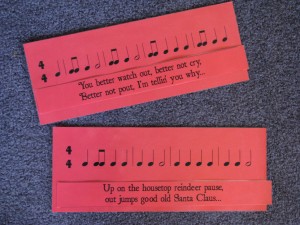 Christmas Carol Rhythm Matchups — This game from Jennifer Fink’s Pianimation blog was a great hit with students! Students worked together in a huddle on the floor to match the rhythms to the Christmas song lyrics. They were able to successfully complete all three levels of difficulty! Even the youngest beginners were able to match a few. I ended up with three students who played “Jolly Old Saint Nicholas” during the recital because I have so many little beginners right now. They were definitely able to help match that pair! 🙂
Christmas Carol Rhythm Matchups — This game from Jennifer Fink’s Pianimation blog was a great hit with students! Students worked together in a huddle on the floor to match the rhythms to the Christmas song lyrics. They were able to successfully complete all three levels of difficulty! Even the youngest beginners were able to match a few. I ended up with three students who played “Jolly Old Saint Nicholas” during the recital because I have so many little beginners right now. They were definitely able to help match that pair! 🙂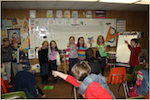 Make Me A Rhythm! game — This is a game I found on a forum and shared about a few weeks ago. This game wasn’t a total success, I’ll admit. My students were very, very shy about asking other students to be note values as they composed a rhythm. After all, this is the first time they’ve met each other. Next time I use this game, I’ll use it with a smaller group (maybe in a setting where students are present without their parents), or with a group of people who know each other better. It wasn’t a total flop though. It’s a great game for visual learners. The “composer” had to think about how many beats they had left in their measure. Once each rhythm was composed, we clapped it together to see how the composers’ rhythm sounded. It was fun, it just went slowly since students took a long time to choose.
Make Me A Rhythm! game — This is a game I found on a forum and shared about a few weeks ago. This game wasn’t a total success, I’ll admit. My students were very, very shy about asking other students to be note values as they composed a rhythm. After all, this is the first time they’ve met each other. Next time I use this game, I’ll use it with a smaller group (maybe in a setting where students are present without their parents), or with a group of people who know each other better. It wasn’t a total flop though. It’s a great game for visual learners. The “composer” had to think about how many beats they had left in their measure. Once each rhythm was composed, we clapped it together to see how the composers’ rhythm sounded. It was fun, it just went slowly since students took a long time to choose.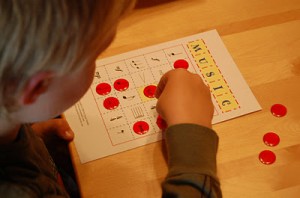 Music Bingo — I LOVE Susan Paradis’ version of Music Bingo. You won’t find a nicer version of Music Bingo anywhere! I’ve used Susan’s version of Music Bingo in previous years for other events (see some photos here). Both the students and parents really enjoyed playing this game!
Music Bingo — I LOVE Susan Paradis’ version of Music Bingo. You won’t find a nicer version of Music Bingo anywhere! I’ve used Susan’s version of Music Bingo in previous years for other events (see some photos here). Both the students and parents really enjoyed playing this game!


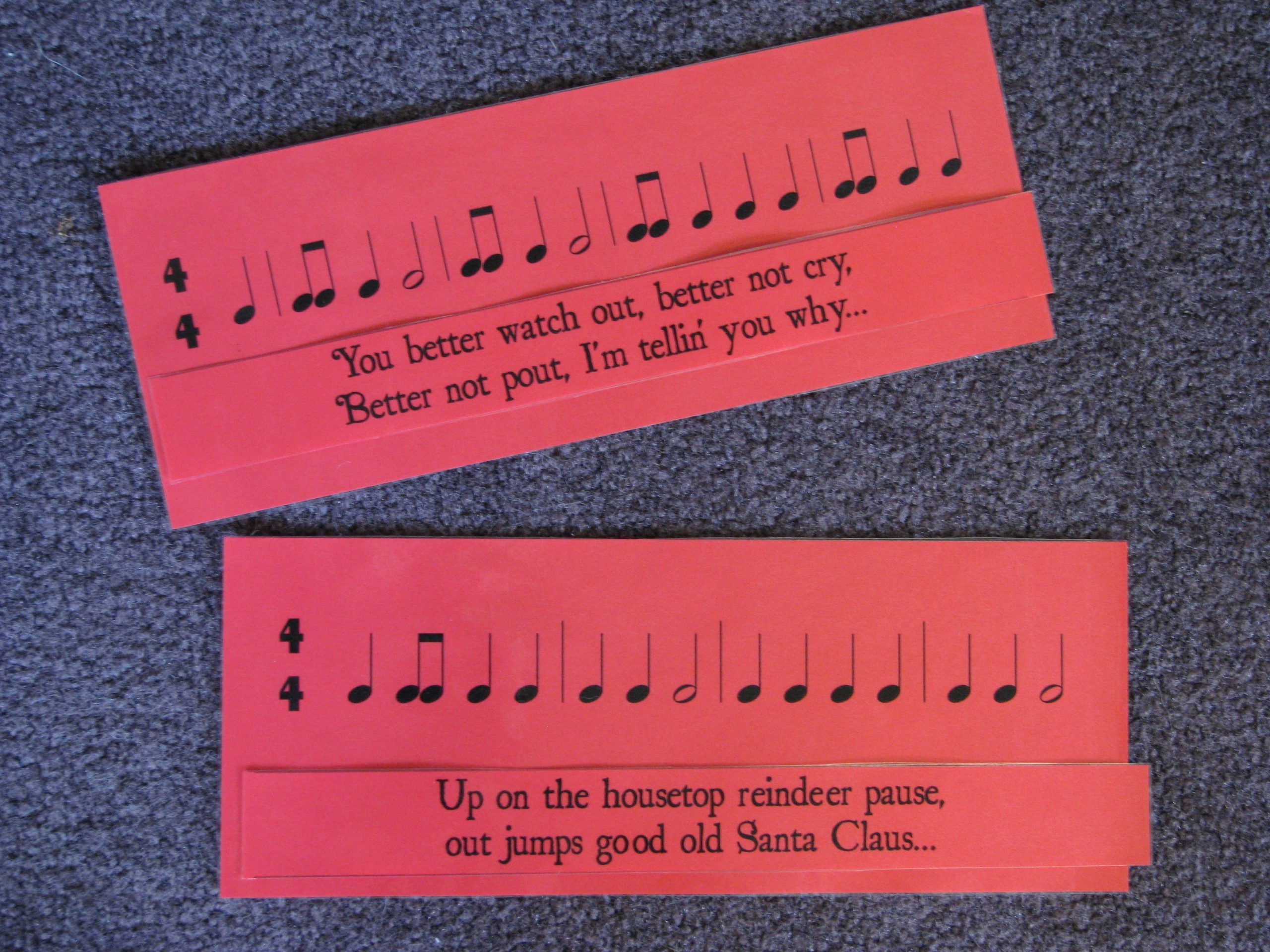
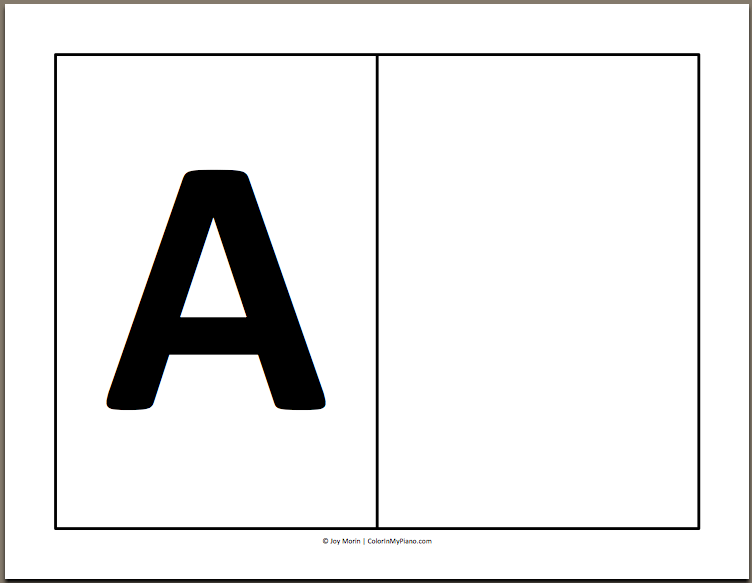
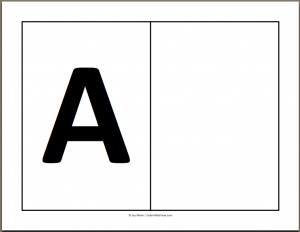

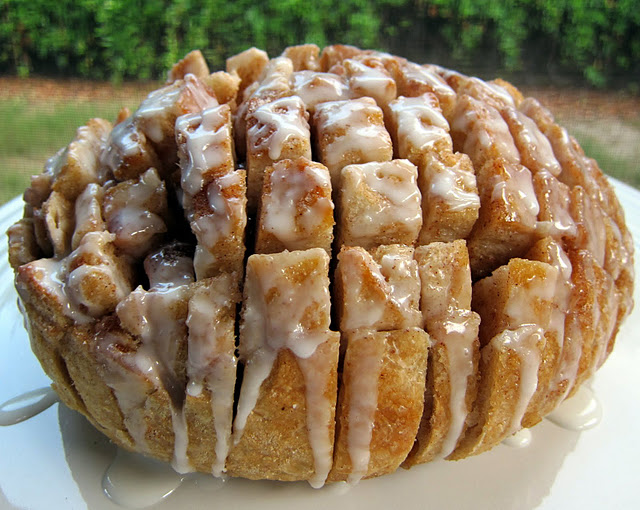
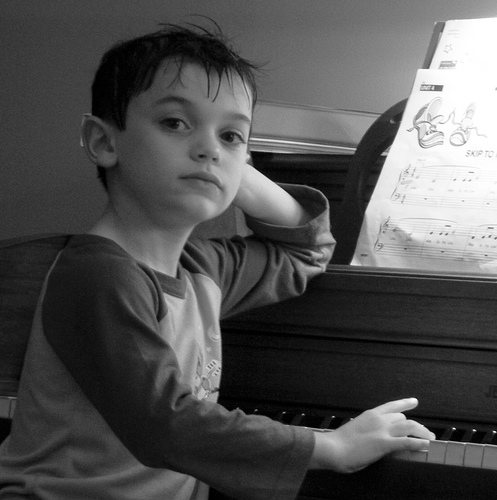
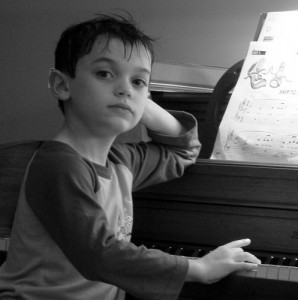



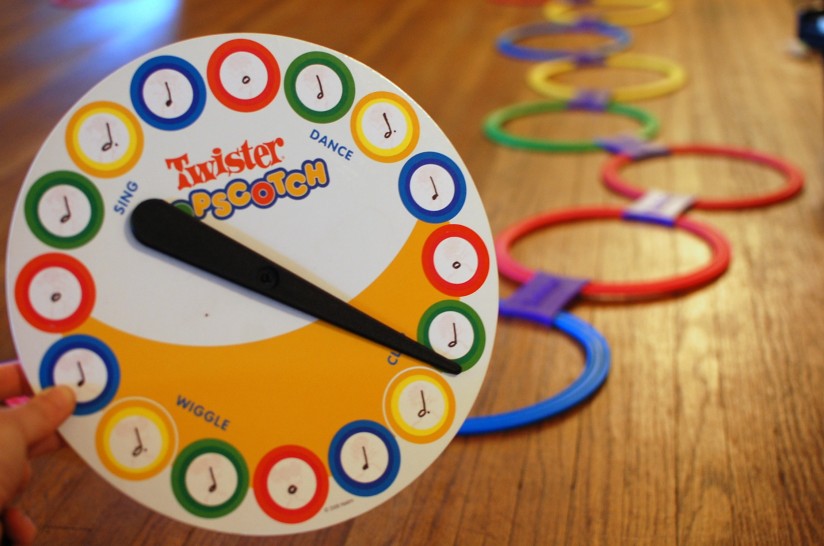
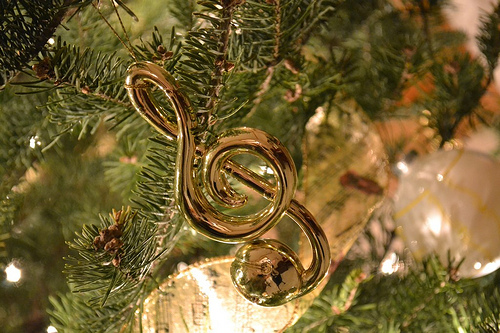
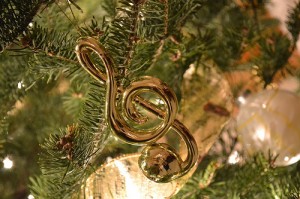
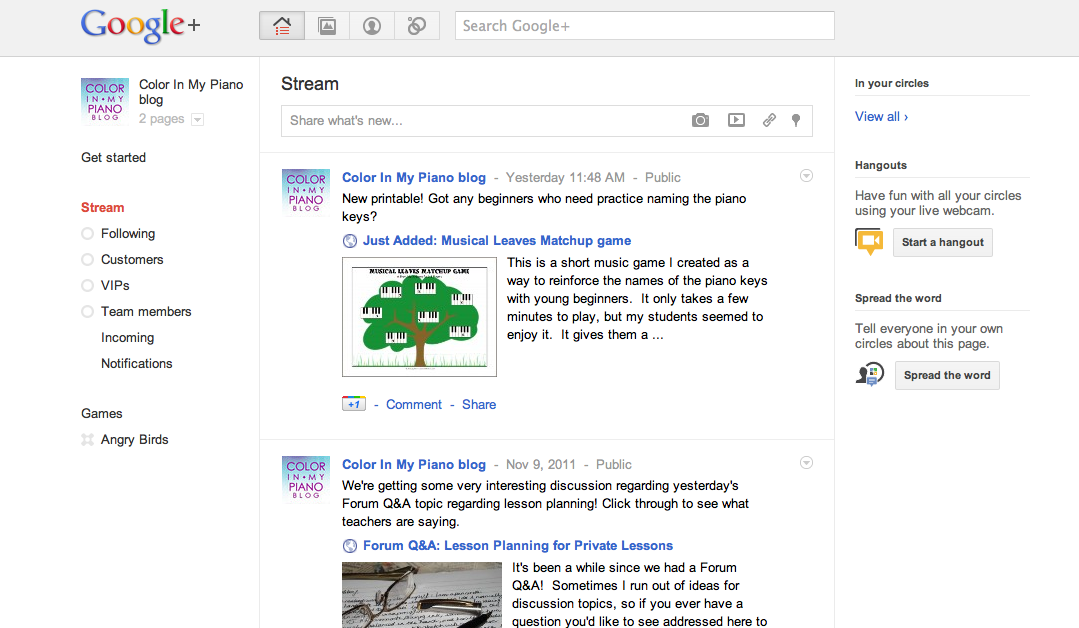

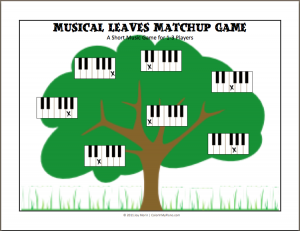


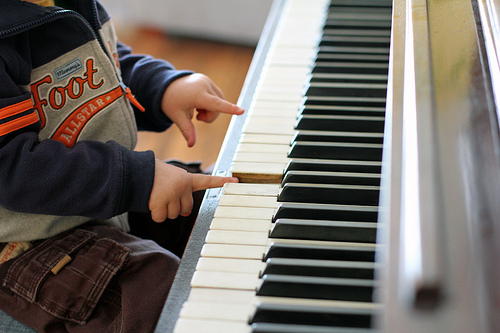
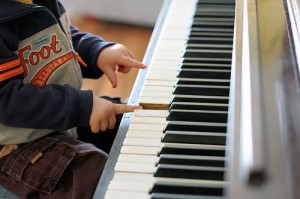
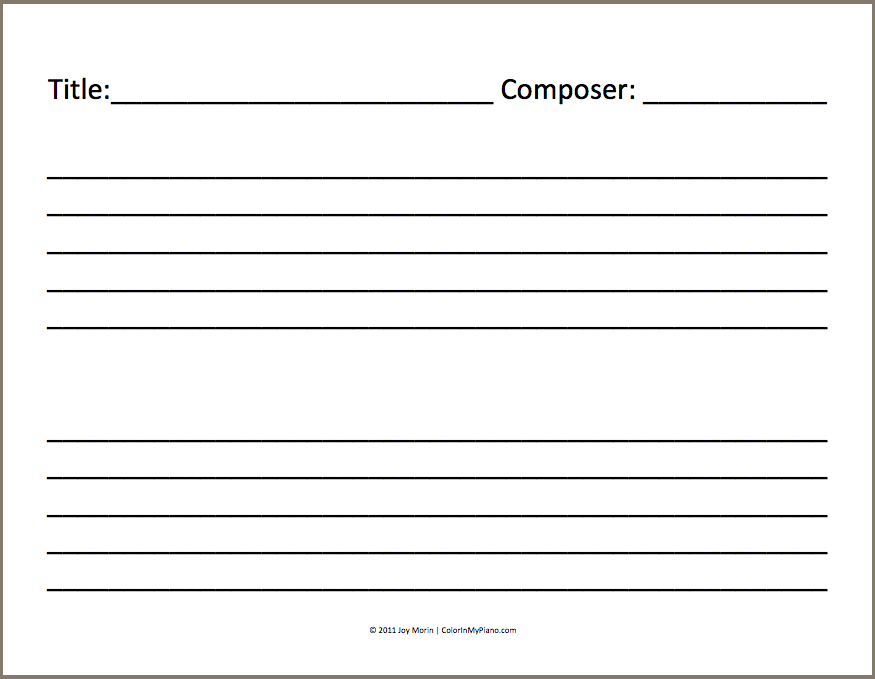
 With my Piano Readiness Class, we’ve been learning about staff notation. Last week, each student composed a mini-composition on the piano and then we together notated the piece. We used colorful markers to label the notes (A, B, C, etc) and also wrote in finger numbers, so they can continue playing their compositions at home. They loved the idea of being composers!
With my Piano Readiness Class, we’ve been learning about staff notation. Last week, each student composed a mini-composition on the piano and then we together notated the piece. We used colorful markers to label the notes (A, B, C, etc) and also wrote in finger numbers, so they can continue playing their compositions at home. They loved the idea of being composers!